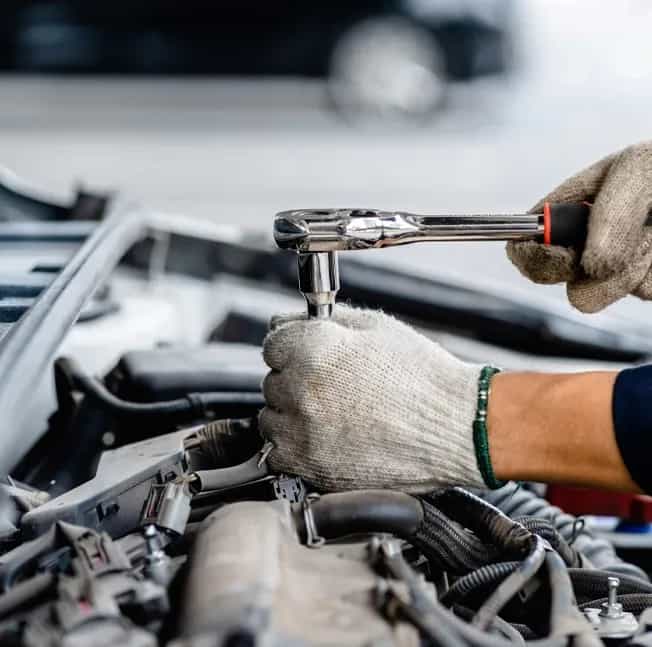Novemba . 18, 2024 02:38 Back to list
Effective Strategies for Ensuring Dust Sealing in Various Environments and Applications
Dust sealing is a critical aspect of ensuring the longevity and optimal performance of various mechanical and electronic systems. With the increasing prevalence of dust and particulate matter in our environments, effective dust sealing solutions have become a priority across various industries, including automotive, aerospace, electronics, and machinery.
The primary function of dust sealing is to prevent the ingress of dust and other contaminants into sensitive equipment
. Dust can cause significant damage to components, leading to wear and tear, malfunction, and even complete failure. For instance, in the automotive industry, dust ingress can adversely affect engine components, sensors, and electronic systems, resulting in decreased performance and increased maintenance costs. Similarly, in the field of electronics, dust can infiltrate devices, leading to overheating and short-circuiting, ultimately shortening their operational lifespan.To combat these issues, manufacturers employ various sealing techniques and materials designed specifically to create effective barriers against dust. Common materials used in dust sealing include rubber, silicone, foam, and various thermoplastics. Each material offers distinct advantages in terms of flexibility, durability, and resistance to environmental factors such as temperature and humidity.
When designing dust seals, several factors must be considered. The specific application, environmental conditions, and the types of particles that need to be blocked are crucial considerations. For example, seals used in outdoor machinery may need to withstand exposure to UV rays and extreme weather, while those used in cleanroom environments must meet stringent cleanliness standards.
dust sealing

Moreover, the design of the sealing mechanism plays a vital role in its effectiveness. Features such as lips, flanges, and channels can enhance the sealing performance while minimizing wear from friction. Incorporating features like wipers or brushes can further reduce the likelihood of dust accumulation by actively removing particles from the sealing surface.
In recent years, technological advancements have led to the development of smart sealing solutions that incorporate sensors to monitor seal integrity and functionality. These innovations can provide real-time feedback, enabling proactive maintenance decisions and minimizing unplanned downtimes.
In conclusion, dust sealing is an essential component in protecting equipment from the detrimental effects of dust and particulate matter. By selecting appropriate materials, designs, and incorporating modern technology, industries can ensure their systems operate efficiently and last longer, ultimately leading to reduced costs and improved performance. As environmental conditions continue to evolve, ongoing research and development in dust sealing technology will be crucial for meeting the demands of the future.
-
TCN Oil Seal Metal Ring Reinforcement for Heavy Machinery
NewsJul.25,2025
-
Rotary Lip Seal Spring-Loaded Design for High-Speed Applications
NewsJul.25,2025
-
Hydraulic Cylinder Seals Polyurethane Material for High-Impact Jobs
NewsJul.25,2025
-
High Pressure Oil Seal Polyurethane Coating Wear Resistance
NewsJul.25,2025
-
Dust Proof Seal Double Lip Design for Construction Equipment
NewsJul.25,2025
-
Hub Seal Polyurethane Wear Resistance in Agricultural Vehicles
NewsJul.25,2025
-
The Trans-formative Journey of Wheel Hub Oil Seals
NewsJun.06,2025
Products categories
















